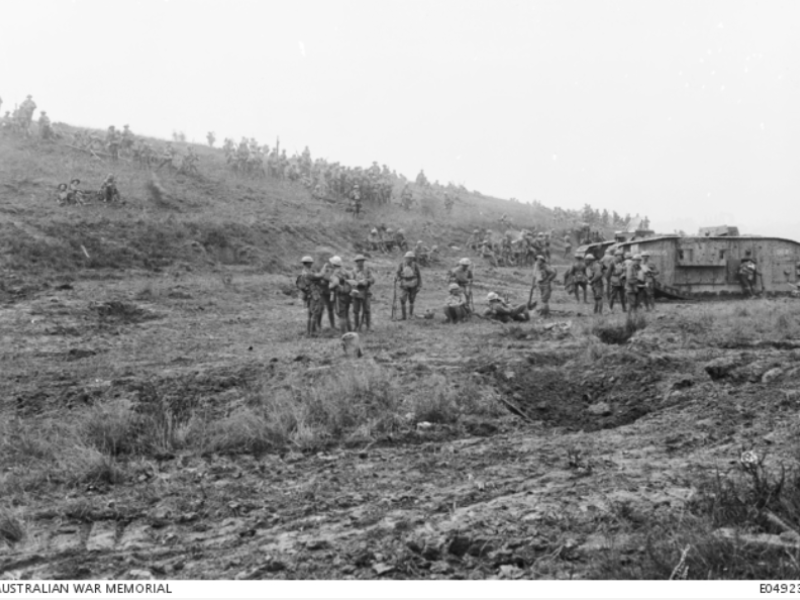Private Sylvester Sullivan, 4th Battalion, AIF - part 1
Sylvester Sullivan was born on 24 October 1883 in Trangie, New South Wales, the 11th child of James and Catherine Sullivan. Catherine, known as “Kitty” was the daughter of an Aboriginal woman, also known as Kitty.
The Trangie area was originally inhabited by the Wongaibon people; with the arrival of the railway in the 1880s, the town of Trangie officially came into being.
The Sullivans are still remembered as a significant part of Trangie’s history, and Sylvester lived there from birth until he turned 24.
Sylvester attended school at Gin Gin in Queensland, and he and his brothers played cricket for both Gin Gin and Trangie. Later, they all worked as shearers and stockmen.
In 1909, Sylvester married Alice French in Dubbo, and the following year their son, Vincent, was born.
By 1913, Sullivan was back in Queensland, working as a groom in Bowen Park near Gin Gin, while his wife and son remained in Trangie. The following year, a warrant was issued for his arrest for failure to support his wife.
By 1914, Sullivan was back in Trangie, and on the 11th of December, he attempted to enlist in the Australian Imperial Force.
While the Defence Act specifically exempted those “not of substantial European descent” from service, many army recruiters chose to ignore this rule; for them, a potential soldier was just that, regardless of skin colour.
Because of the potential difficulties in enlisting, many Indigenous recruits made multiple attempts, travelling to other recruiting offices if they were at first rejected. Some tried four or five times before succeeding.
Over 1,000 Indigenous soldiers served in the Australian Imperial Force during the First World War; around 147 made the ultimate sacrifice. We now know of at least 70 Aboriginal men who served on Gallipoli, 13 of whom were killed in action.
These men had many reasons for enlisting. As well as the allure of travel and adventure, everyone was paid the same, and the pay was good.
In February 1916, another warrant was issued for Sullivan’s arrest for failure to support his wife, who was now six months pregnant. Notes in the police gazette say he was “recently seen in Sydney” and “may attempt to enlist”.
In fact, he had already successfully enlisted. On 25 January 1916, Sullivan successfully enlisted at Liverpool, near Sydney, giving his name as Samuel Brown, and claiming to be a labourer from Dubbo. He was earmarked for the Australian Camel Corps, a camel-mounted infantry brigade raised in 1916 to deal with the revolt of pro-Turkish Senussi tribesmen in Egypt's Western Desert.
Yet as Sullivan began training, the pressures of military discipline began to cause problems. He was first found absent without leave in March. In May, Alice Sullivan gave birth to a son, Elder Clement Sylvester Sullivan. In June, Sullivan was again charged for absence without leave.
Image: Unidentified troops of the 5th Australian Infantry Brigade, with their kit and rifles, resting on a hillside. Amiens, 8 August 1918
- Australian War Memorial https://www.awm.gov.au/collection/P11030311

 Australian War Memorial
Australian War Memorial